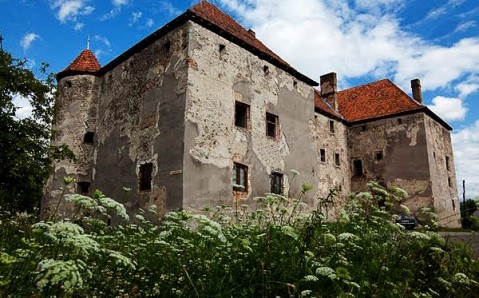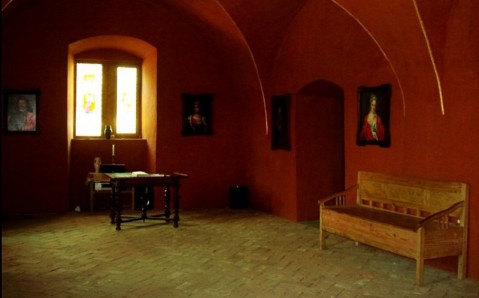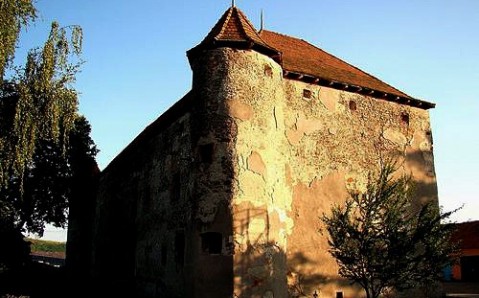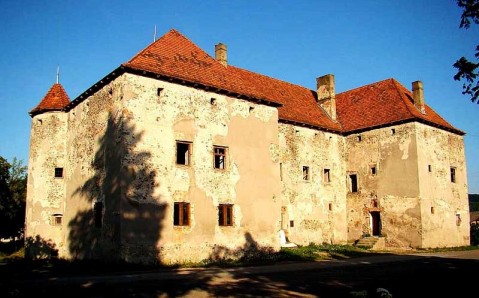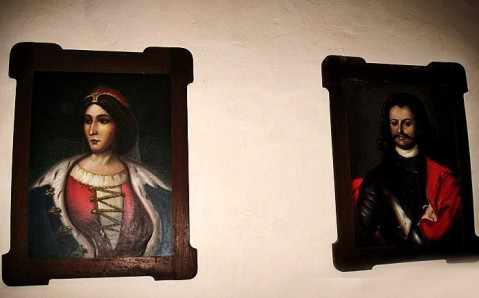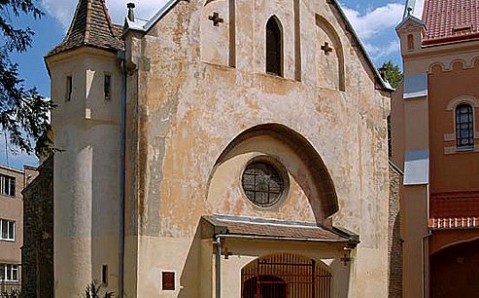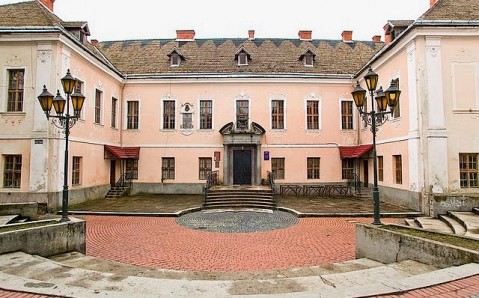Fortress Sent-Miklosh
Chinadievo settlement, Voloshina St. 53-b
The threatening medieval fortress Sent-Miklosh can hardly compete in its tourist attractiveness with the luxurious and perfectly preserved Palace of Schönborns standing nearby. And therefore, it is only the second most important sight in the picturesque Chinadievo settlement, located near ancient Mukachevo. Meanwhile, the long and bright history, kept by dilapidated walls of the once majestic fortress, is definitely worth attention and this priceless monument of the medieval architecture is worth visiting.
The Sent-Miklosh is Chinadievo settlement’s ancient name, which it had since its foundation in 1214 until the middle of the 20th century. In the 15th century, the then settlement’s owner, Hungarian Baron Pereni ordered to build the namesake fortress on its territory. It was supposed to become a reliable defense for the village Sent-Miklosh, which actively developed and prospered at that time, and therefore, was regularly attacked by various conquerors.
The defensive function was the priority during castle’s construction and was reflected in its architecture. It had very few decorative elements – just impregnable massive one-meter-wide walls strengthened with powerful three-tier towers on the sides. Hundreds of small loophole windows, located along the buildings perimeter, and siege ditch and defensive dirt walls, which unfortunately didn’t survive until now, also reminded of the castle’s purpose.
In 1657, the Polish magnate Lubomirski’s troops conquered the fortress Sent-Miklosh and almost totally destroyed it. However, just 50 years later, the castle was restored by the Prince Francis II Rákóczi – leader of the liberation war of the Hungarian people in the early 18th century – who settled there and made it to his residence.
At the same time, the fortress Sent-Miklosh acquired its most romantic legend. It is said that it is in its walls that the mother of Francis II Rákóczi Ilona Zrini, who became famous for legendary defense of the Palanok Castle, secretly met with her beloved Hungarian Count Imre Tekeli, the leader of the Anti-Habsburg uprising, who was 14 years younger. The castle is still often called the Castle of Love, because of their romantic story.
Over the years of its existence the fortress was repeatedly restored and rebuilt. The most large-scale reconstructions, however, took place in 1734 and 1839, when it acquired its modern look. Now the prominent Zakarpattia artists Josip Bartosh looks after the castle. He restores the ancient fortress on his own and tries to turn it into an interesting tourist sight. The artist has managed to recreate the original interiors of the castle’s first floor: the room, called Ilona Zrini’s bedroom, the Scandinavian Hall and the living room. In addition, Bartosh created a small picture gallery in one of the castle rooms. He painted the portraits of all former fortress Sent-Miklosh’s owners and placed them in the gallery.
Although the castle is still under reconstruction, the artist never rejects curious tourists and even organizes guided tours for them. He even tells striking facts from this unique medieval construction’s history.

 Western
Western
